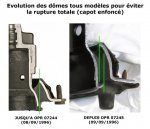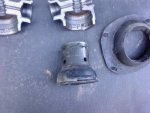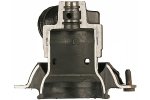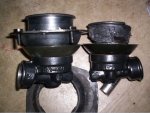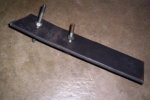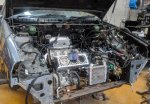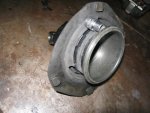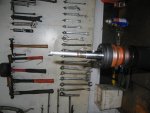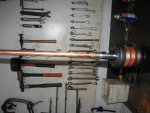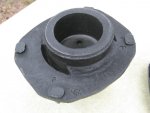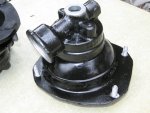In the process of replacing the gaiters on my XM.
The RHS Macpherson strut did not feel right when I tried to remove the top nut as the whole top (inclusive of the sphere of course) rotated.
It is of the later design but as David and et al had eluded a number of times, whilst they will not not protrude through the bonnet, they are still prone to failure. This one certainly has.
Hence, in dire need of another one forthwith and wondering if there is one lurking around in somebody's garage or insitu in the back yard before going over seas.
Please advise, quite happy to remove if in Melbourne (or near by).
Regards,
John
PS: I have 2 others from a Xantia but are not with the 10mm inlet.
PPS: Does the bottom half of the mount that incorporates the mount to the body of the XM unscrew from the top relatively easy?
PPPS: Goes without saying - prepared to pay
The RHS Macpherson strut did not feel right when I tried to remove the top nut as the whole top (inclusive of the sphere of course) rotated.
It is of the later design but as David and et al had eluded a number of times, whilst they will not not protrude through the bonnet, they are still prone to failure. This one certainly has.
Hence, in dire need of another one forthwith and wondering if there is one lurking around in somebody's garage or insitu in the back yard before going over seas.
Please advise, quite happy to remove if in Melbourne (or near by).
Regards,
John
PS: I have 2 others from a Xantia but are not with the 10mm inlet.
PPS: Does the bottom half of the mount that incorporates the mount to the body of the XM unscrew from the top relatively easy?
PPPS: Goes without saying - prepared to pay
Last edited:

